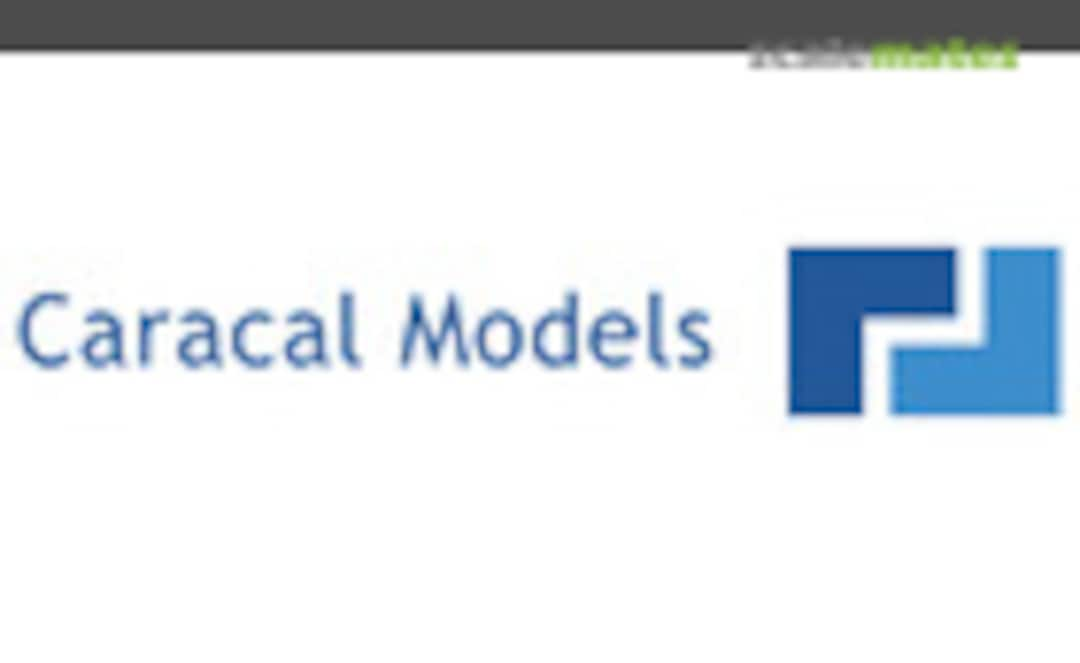B-57G in Vietnam
- Subject:
- Мащаб:
- 1:48
- Статус:
- Идеи
The Martin B-57 Canberra is an American-built, twin-engined tactical bomber and reconnaissance aircraft that entered service with the United States Air Force (USAF) in 1953. The B-57 is a license-built version of the British English Electric Canberra, manufactured by the Glenn L. Martin Company. Initial Martin-built models were virtually identical to their British-built twinjet counterparts; Martin later modified the design to incorporate larger quantities of US-sourced components and produced the aircraft in several different variants. The B-57 Canberra holds the distinction of being the first jet bomber in U.S. service to drop bombs during combat. The Canberra was used extensively during the Vietnam War in a bombing capacity; dedicated versions of the type were also produced and served as high-altitude aerial reconnaissance platforms (the Martin RB-57D Canberra), and as electronic warfare aircraft.
Late in 1967, three of the 3rd Bombardment Group's B-57Bs (52-1518, 52-1580, and 52-3860) were experimentally fitted with a low light level television system carried in a pod underneath the port wing. Operational trials with this equipment took place in Southeast Asia between December 1967 and August 1968, mostly over the Ho Chi Minh Trail. The results of the trials were sufficiently encouraging that the USAF awarded a contract to Martin and Westinghouse to modify 16 B-57Bs as night intruders under the designation B-57G.
Early in 1969, the Westinghouse sensor system was installed in a new nose section designed by Martin. The new nose contained a low light level television camera plus a forward-looking infrared (FLIR) set and a laser ranging system, plus a Ground Tracking Moving Target radar. This new equipment was operated by a specialist sitting in the rear cockpit. The relevant information was fed by the system operator into the pilot's cockpit so that he could select the appropriate combination of weapons to attack the target. The laser ranging system mounted in the nose now made it possible to carry four 500-lb "smart bombs" on the underwing pylons. To compensate for the extra weight of the sensor equipment, the wing-mounted 20-mm cannon were deleted. The modified aircraft were redesignated B-57G, and they were easily recognizable by their bulbous "chins" that contained the low light level television equipment.
All the sensors were liked so that a target acquired on one could be handed off to either of the other sensors. They shared a common gymbal system and were displayed to the rear seat sensor operator in such a way the he could easily transfer his attention to the most relevant sensor at that time in the mission. The B 57G had the first digitally integrated cockpit. It had all of 32kbts of digital memory. Its memory was very expensive and was supplied via 4 very large memory “bricks” (remember this was in the “60”!) The computer was implemented using assembly language to get all of the mission functions into the limited processor and available system memory.
The first B-57G was taken on charge by a reactivated 13th Bomb Squadron at MacDill AFB in Florida in July of 1969. One aircraft was retained by Martin for various trials. This aircraft crashed into Sassafras River in Cecil County, Maryland December 16, 1969 during an asymmetric approach, The airplane was piloted by Robert Stanton Turner and Eugene Joseph Cincotta flew in the rear seat as a test observer. both were killed.
The 13th Bomb Squadron deployed to Ubon in Thailand with eleven B-57Gs in September of 1970. When it arrived there, it became part of the 8th Tactical Fighter Wing. Four B-57Gs remained at MacDill AFB for conversion training with the 4424th Combat Crew Training Squadron. They went into action over the Ho Chi Minh Trail. They used laser-guided smart bombs, often achieving an accuracy of 15 feet. One B-57G was lost on December 12, 1970 while operating over southern Laos at night. The crew successfully ejected to safety and were recovered. They believed that they had been hit by antiaircraft fire. However, a Cessna O-2A FAC aircraft failed to return from the same area that night, and it was concluded that the two aircraft had collided in the darkness.
Operations with the B-57G continued until April 1972, when the 13th BS was withdrawn from service in Vietnam and deactivated once again. The operation of these B-57Gs proved to be expensive, and the aircraft were hard to maintain in the field. Nevertheless, the B-57G was one of the first self-contained all-weather night interdiction bombers to serve with the USAF, and the operations that it carried out in Vietnam provided lots of useful information on follow-on weapons systems. The surviving B-57Gs were transferred to the 190th Bombardment Group (Tactical) of the Kansas Air National Guard. They served until 1974, when they were consigned to storage at Davis Monthan AFB.
В проекта се използват
Пълни комплекти
Набори за детайлиране и конверсиране







